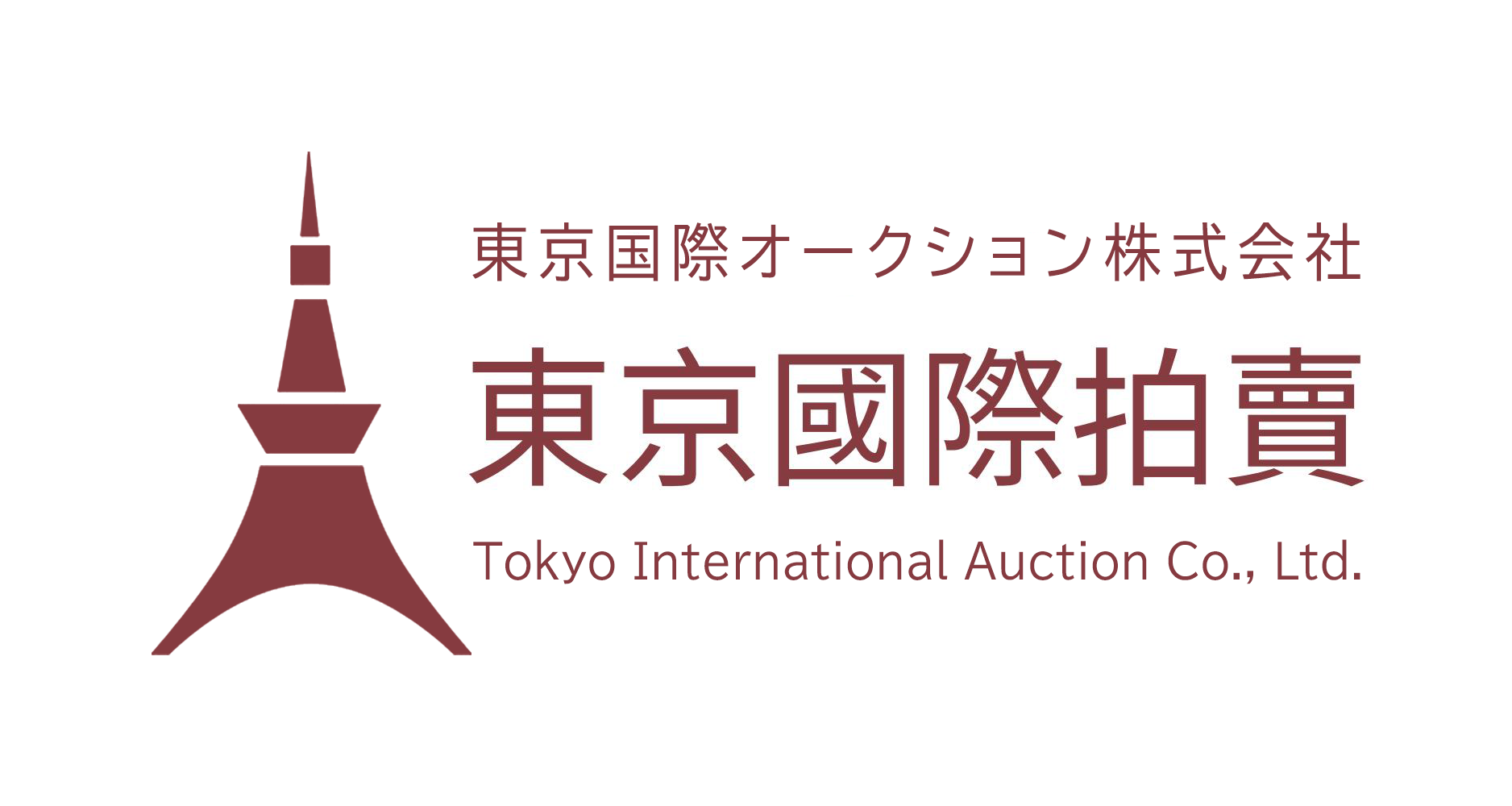DNA Purification Methods
A high-quality sample of DNA is required for a variety of downstream applications including PCR and sequence. DNA purification is the process of eliminating contaminants such as proteins, and other components of the cell, from a specimen to produce a pure nucleic acids solution ready for use. There are many different DNA purification techniques, each with their own advantages and drawbacks depending on the base material or application.
The first step of DNA purification is to eliminate protein from the sample by using a protease (proteinase enzyme) or mechanical disruption. After eliminating the cellular debris, DNA is precipitated with alcohol, resulting in a stringy white precipitate. The precipitated DNA is then placed in a buffer that is sterile. The DNA’s concentration can then be determined by spectrophotometry based on the peak of absorbance for nucleic acid at 260 nm.
Another common DNA purification method is salting out, where the cellulose column is employed to capture and bind the DNA. The cellulose matrix has to be cleaned with detergents in order to remove more information contaminants. A wash buffer is then applied to get rid of the salts. DNA bonds to the matrix under low salt conditions, and contaminating proteins and RNA can be removed by using higher salt solutions. The eluted DNA and RNA are then recovered with precipitation with ethanol.
Anion exchange is a well-known method for DNA purification. This method employs a cation exchange resin to draw positively charged DNA molecules, while neutralizing resins allow negatively charged DNA to be flushed out of the column. Once the DNA is eluted it can be concentrated by centrifugation. Then, the DNA is removed by washing it with 70 percent ethanol at ice-cold temperature.
